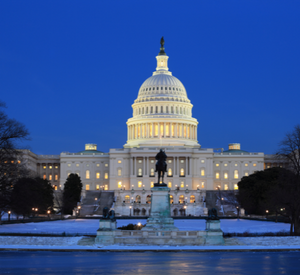Industry News
Print
CBO Reports on Prescription Drug Spending, Use and Pricing
On January 19, 2022, the Congressional Budget Office (CBO) released its report, Prescription Drugs: Spending, Use, and Prices. CBO examined trends in prescription drug spending in the retail market over the period from 1980 to 2018. In addition, the report provides a detailed analysis of trends in spending, use, and prices in the Medicare Part D and Medicaid programs over the period from 2009 to 2018.
The key findings include:
- Nationwide spending on prescription drugs increased from $30 billion in 1980 to $335 billion in 2018.
- Consumers’ use of prescription drugs has increased over time mainly due to the greater use of generic drugs.
- The average net price of a prescription declined from $57 in 2009 to $50 in 2018 in the Medicare Part D program and from $63 to $48 in the Medicaid program over the same time period.
The report is available here.
